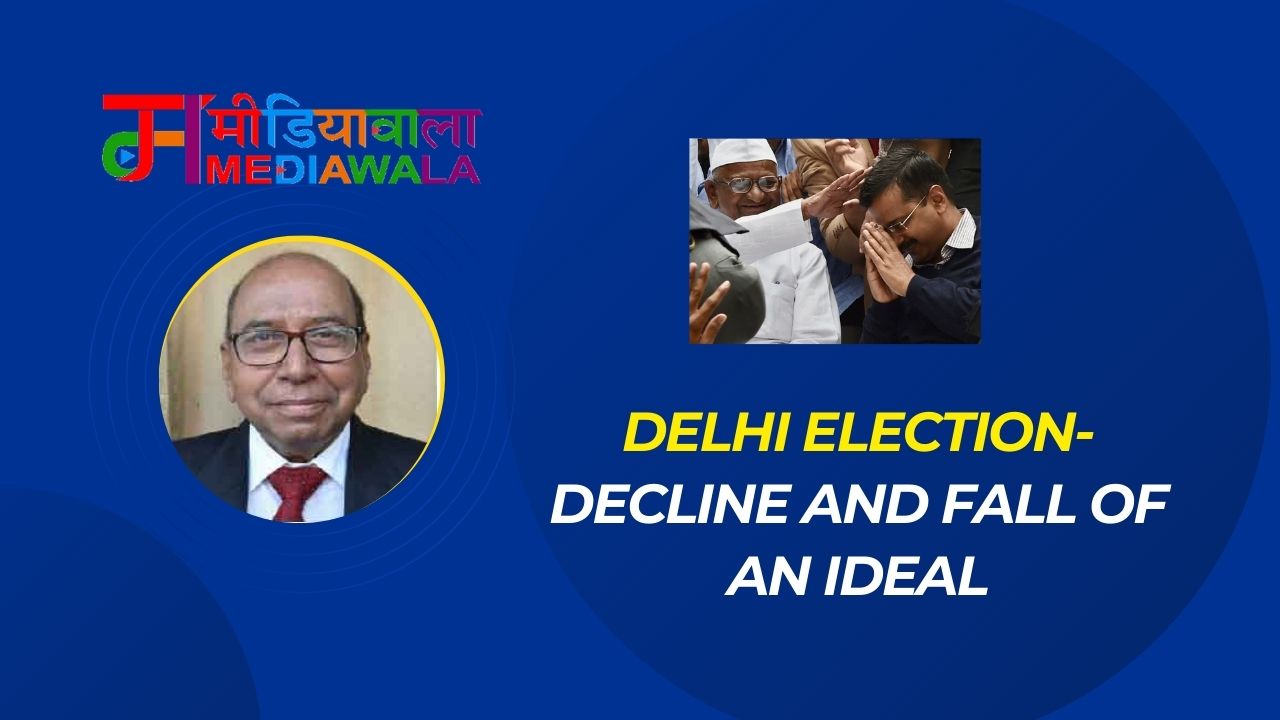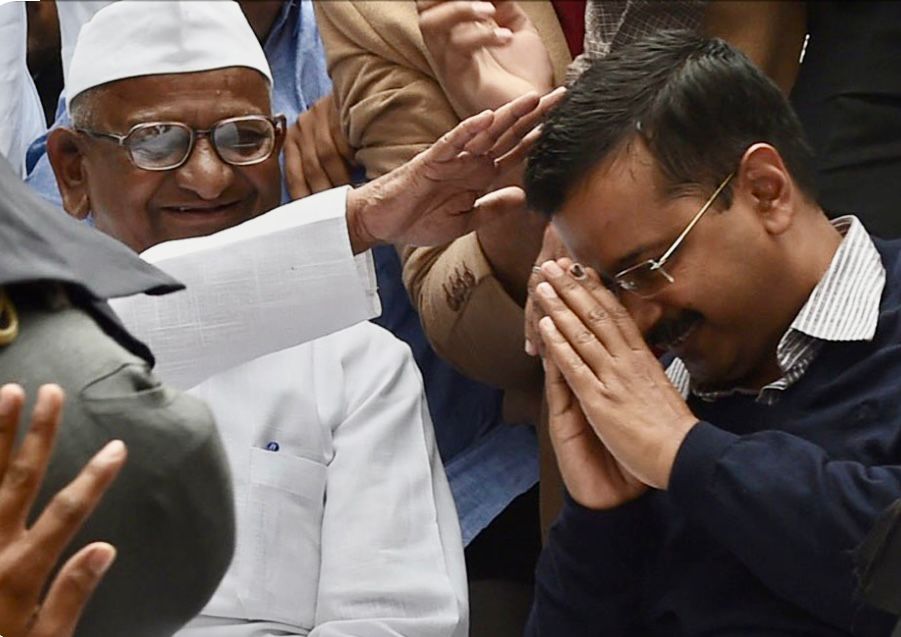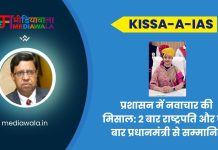

Delhi Election- Decline and Fall of an Ideal
2011 saw an upsurge of a clamorous and non-violent agitation against corruption. Living in Delhi in those days, I saw this revulsion against the systemic corruption pervading Indian polity. Initially sparked by Baba Ramdev in the backdrop of CWG, it soon became the voice of the civil society. A spirited group of eminent apolitical activists invited Anna Hazare to lead the agitation. Mass protest focussed on legal and political issues, including political corruption, kleptocracy and other forms of corruption. It was intended to establish a strong legislation ( Lokpal ) and enforcement against perceived endemic political corruption. On the stage of Anna Hazare, among many activists, there was one Arvind Kejriwal.
Moved by his initial idealism, Kejriwal also had a simmering ambition in his chest. When the dust of the agitation settled down, he against the wishes of Anna Hazare, formed a party called Aam Aadmi Party or AAP. Many conscientious enlightened people in India were glued to his call. In the elections of 2013, AAP emerged as the second largest party and formed a government for 49 days, ironically with the outside support of the adversary Congress party. As inheritor of the agitation, he got the support of the middle class, dominant in the population of Delhi. Kejriwal brought the poorer sections into his fold by promising free electricity and water. There were some sporadic examples of freebies before him, but he proudly made this as his prime plank. He purged his party of all his peers equal in status, and tightly controlled his docile group. He swept the election in 2015 and again in 2020.
He displayed great political acumen (or say shrewdness) of plucking populist low hanging fruits like improving the infrastructure of the government schools and establishing locality Health Centres. This was widely publicised as Delhi model. Instead of showing any governance in other sectors including infrastructure, he was perennially in confrontational mode against the central government. With great finesse, he manipulated the farmers agitation to spread his influence in Punjab and established his government there. He turned into an archetypal politician and was implicated in corruption cases and went to the jail. He had no compunction in shedding his pledge of living like Aam Aadmi and paid heavily for his ‘Sheeshmahal’. His party was without any political ideology, in an effort not to hurt the sentiment of any section of the public. By the time in 2023 his party was declared a national party, his decline had already set in. A determined BJP won over the middle class and a section of poor class to overthrow this unique phenomenon in independent India – Aam Aadmi Party. The people did it not in anger, but with a sad heart.
Kejriwal may survive as a political entity, like any other astute politician. However, the ideal he proclaimed from the stage of Ramleela Maidan in 2011, is tragically buried under the petty political debris.








